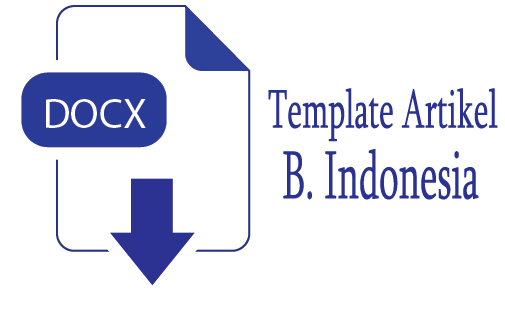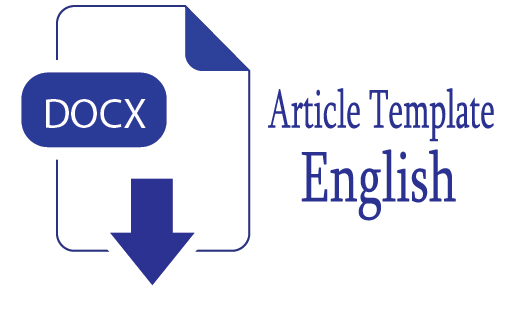Model Evaluasi Dosen Metodologi Ekonomi Islam Oleh Mahasiswa Selama Pandemi Covid-19
DOI:
https://doi.org/10.54150/thawalib.v2i2.25Keywords:
Evaluation, performance, lecturer, quality dimension, Covid-19Abstract
The research is aimed at evaluating the lecturer’s performance in teaching the methodology of Islamic economics based on the students’ observation during the online course as the effect of COVID-19 The measurement of the performance refers to the concept of satisfaction related to the educational service by comparing the performance to the expectation adopted from Parasunaman’s five quality dimension: tangible, reliability, responsiveness, assurance, and empathy. The data is collected from the questionnaire. The descriptive quantitative research is used to map the strengths and weaknesses in four classifications: first, what aspects a lecturer should prioritize because the lecturer’s performance is low and the student expectation is high; second, what aspects a lecturer should maintain because the lecturer performance is in line with the student expectation; third, what aspects a lecturer should maintain but think again about weighting them because the lecturer performance is low and the student expectation is also low; fourth, what aspects a lecturer should reduce their emphasis because the lecturer performance is high but the student expectation is low. The result shows that with the four classifications, the lecturer’s performance related to service quality can be managed well.
References
Bhakti, Y. (2017). Indeks Kepuasan Mahasiswa Terhadap Pelayanan Program Studi Pendidikan Matematika. Jurnal Formatif, 07(03), 272-285.
Dominici, G., & Palumbo, F. (2013). How to build an e-learning product: Factors for student/customer satisfaction. Business Horizons, 56(1), 87–96. https://doi.org/10.1016/j.bushor.2012.09.011
Immanuel, G. A. & Setiawan, R. (2020). Implementasi Metode Importance Performance Analysis Untuk Pengukuran Kualitas Sistem Informasi Akademik. Kurawal Jurnal Teknologi, Informasi dan Industri, 03(02), 181-190.
Milner, R., & Furnham, A. (2017). Measuring Customer Feedback, Response and Satisfaction. Psychology, 8(3), 350–362. https://doi.org/10.4236/psych.2017.83021
Ong, J. O. & Pambudi, J. (2014). Analisis Kepuasan Pelanggan Dengan Importance Performance Analysis Di SBU Laboratory Cibitung PT Sucofindo (Persero). Jurnal jati Undip, IX(01), 1-10.
Sallehuddin, F. I. O. & I. S. (2011). Media Sosial: Kajian Tentang Penglibatan Dan Kepuasan Dalam Kalangan Mahasiswa. Proceeding of the International Conference on Media And Communication (MENTION2011)
Sulastri, T. (2016). Analisis Kepuasan Mahasiswa Terhadap Kinerja Dosen. Jurnal ilmiah ekonomi manajemen dan kewirausahaan "optimal". 10(02), 167-184.
Supranto, J. (2011). Pengukuran Tingkat Kepuasan Pelanggan. Rineka Cipta.
Sujarweni, W. (2014). SPSS Untuk Penelitian. Pustaka Baru Press
Widawati E & Siswohadi. (2020). Analisis Tentang Kepuasan Mahasiswa Terhadap Pelayanan Akademik Dan Pelayanan Administrasi. Jurnal Mitra Manajemen, 04(01), 1500-1513
Zouari, G., & Abdelhedi, M. (2021). Customer Satisfaction In The Digital Era:Evidence From Islamic Banking. Journal of Innovation and Entrepreneurship, 10:9.
Downloads
Published
How to Cite
Issue
Section
License
Copyright (c) 2021 Muizzudin

This work is licensed under a Creative Commons Attribution 4.0 International License.











